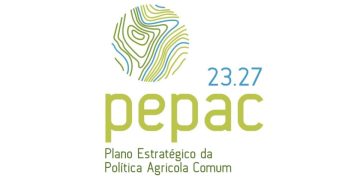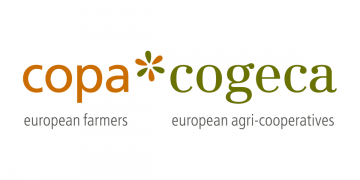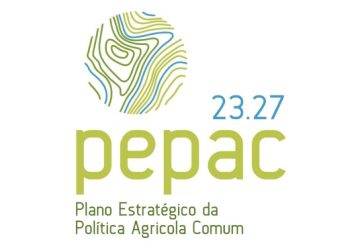Main findings of the October global overview
- In southern Africa, land preparation and the planting of summer crops have started in some parts of the region. The Copernicus rainfall forecast for November 2025 to January 2026 predicts average rainfall in most parts of the region except South Africa, where slightly above-average rainfall is forecast. If this level of rainfall materialises, it will support planting activities and crop development across the region.
- In East Africa, some agricultural areas that experienced early-season dryness have partially recovered thanks to abundant rainfall, namely parts of Ethiopia and central Sudan. However, below-average yields can be expected in the eastern part of Sudan, in parts of Tigray and Gondar in Ethiopia and in the north-eastern part of South Sudan. Rangeland areas are faring better than cropland across the region, except in southern Ethiopia, eastern Kenya and Somalia, where early signs of dryness are present. Acute food insecurity remains alarmingly high across the region. Immediate and sustained humanitarian support is urgently needed in the region to save lives and prevent further deterioration.
- In West and central Africa, the main season is coming to an end. According to the Prevention and Management of Food Crises regional mechanism, in September 2025, the total cereal production for 2025 was estimated at between 78 million tonnes (2 % above the five-year average) and 88 million tonnes (16 % above the five-year average). However, production shortfalls are expected in Benin, Chad, Ghana, Nigeria and Togo. Pastoral conditions are generally good across the region, and good livestock production is expected except in Benin, southern Chad, Ghana and the middle belt of Nigeria.
- In the Middle East and North Africa, the sowing of winter cereals started in October under mixed conditions: drier than average in western Algeria, Iran, Iraq, Morocco and Syria, close to average in eastern Algeria and in Tunisia and above average in central-southern Algeria. Moisture conditions should improve in both regions, with close-to-average rainfall expected from December to March according to the Copernicus rainfall forecast. In the highlands of Yemen, heavy rainfall in August and good rainfall in September boosted crop growth, resulting in good prospects for kharif cereals (sorghum, millet and maize) and summer wheat, of which harvesting has just begun.
- In central Asia, the sowing of winter cereals is under way under mixed rainfall conditions: close to average in Tajikistan and Turkmenistan and drier than average in southern Kazakhstan, Kyrgyzstan and Uzbekistan. In Afghanistan, the planting of winter cereals has started under close-to-average conditions. In South Asia, the harvesting of kharif crops is under way in Pakistan, with good prospects despite damage caused by flooding in August and early September. In Sri Lanka, the planting of main-season maha rice and maize is under way under average moisture conditions. In North Korea, the harvesting of maize and rice ended with good prospects, although grain quality may have been affected by above-average September rainfall.
- In Latin America and the Caribbean islands, the harvest prospects for the primera cycles are mixed: poor in Guatemala (except in departments along the Pacific coast) and favourable in El Salvador and Honduras (except in the areas of Cortés and Santa Barbara). The postrera season in Central America is progressing under generally average conditions. Large areas of cropland in Bolivia, Colombia and Peru are experiencing poor vegetation conditions. In the Caribbean, rice and maize crops are in the harvesting stage. Hurricane Melissa may have negatively affected maize and rice crops, which prior to that had benefited from favourable rainfall conditions. In Cuba, the overall harvest prospects for rice and maize are favourable, except in the Holguin province.
The next assessment is scheduled for the end of November 2025.
O artigo foi publicado originalmente em JRC.



















































